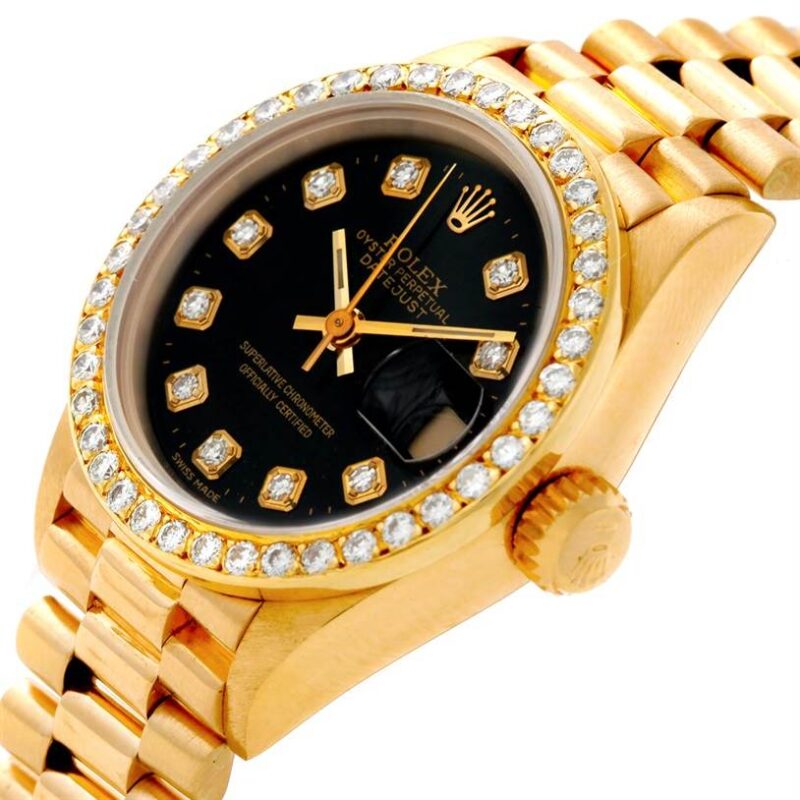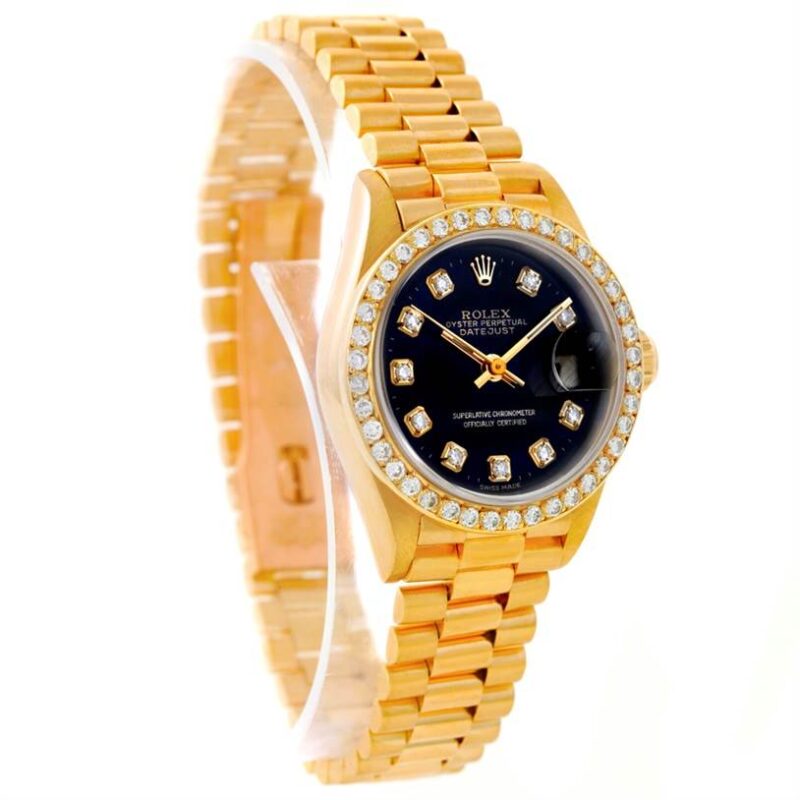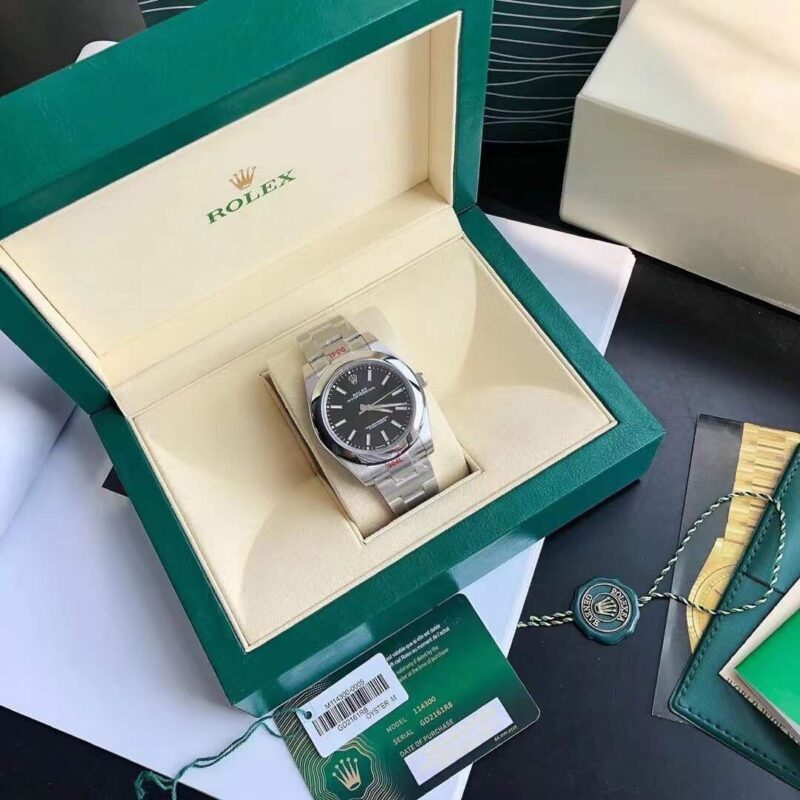best
The Journey of Explorer Replica Rolex’s Iconic Adventure watch
The Rolex Explorer stands as a pure expression of a sport watch – unassuming yet unmistakable. It embodies the essential features, design elements, and history that define many of replica Rolex’s most iconic models. But above all, it’s renowned for accompanying the first climbers confirmed to conquer Mount Everest – though the details are somewhat debatable.

While Edmund Hillary and Tenzing Norgay successfully reached the summit of Mount Everest in 1953, and Rolex sponsored the expedition by providing a watch, the specifics require clarification. Much like Rolex’s earlier marketing coup with Mercedes Gleitze’s 1923 English Channel swim, the Everest expedition served as a masterstroke in promotion. However, it’s worth noting that the watch Hillary actually wore at the summit is still a topic of debate. Alongside the Rolex, he also carried a Smiths De Luxe, and no definitive record confirms which was on his wrist at the peak. Interestingly, Norgay is believed to have worn his personal gold Rolex Datejust, gifted to him by the brand after a previous expedition in 1952.

At that time, Rolex hadn’t yet introduced the “Explorer” collection. The watch they provided for the 1953 Everest expedition was an Oyster Perpetual from 1950. This model featured a white dial, dagger-shaped indices, and leaf hands – elements quite different from what we associate with the modern Explorer. In fact, it wasn’t until later in 1953 that the “Explorer” name appeared on a Rolex dial.
The first true Explorer, the reference 6350, debuted shortly after the Everest climb. It featured a rugged Oyster case, automatic winding, and the now-classic design traits: 3-6-9 Arabic numerals, a triangular 12 o’clock marker, and the Mercedes handset. While these features existed on prior Rolex watches, they came together in this reference to mark a significant moment in the brand’s history. Additionally, this model sported a unique “honeycomb” dial, a feature beloved by collectors today.

Fast forward to the present – if you purchase a 2024 Rolex Explorer replica, it will bear little resemblance to the watch that Edmund Hillary might have worn in 1953. However, the Explorer’s journey, filled with incremental changes, enriches its character. Despite evolving over time, the Explorer has largely remained faithful to the DNA of its earliest model.
The most notable evolution occurred in 1971 when Rolex introduced the Explorer II, an entirely different fake watch in appearance and functionality but connected in spirit. Designed for spelunkers, it featured a larger case, crown guards, a fixed steel bezel with 24-hour markings, and a GMT complication indicated by a bright orange hand. This function allowed adventurers to distinguish between day and night, even when exploring deep caves where natural light was absent. Today, the Explorer II, with its rugged, adventurous appeal, ranks among Rolex’s most popular models.
Over the years, subtle updates have been made to the original Explorer. In 2010, the 36mm case size, first introduced in 1953, was increased to 39mm for a more contemporary look, only to return to 36mm in 2025. A 40mm version was later added in 2025 to cater to those seeking a slightly larger design. Though once overshadowed by other Rolex sport watches, the Explorer, with its simple design and lack of a date display, has become one of the brand’s most sought-after watches in recent years.


Hot Sale Replica Watches
Rolex-submariner
Rolex Replica Watch Submariner 40mm Black Dial Stainless Steel 16610
Rolex-submariner
Rolex Replica Watch Submariner 18K White Gold Blue Dial Ceramic Bezel 116619LB
Rolex Sea-Dweller
Rolex Replica Watch Seadweller 43mm Yellow Gold Steel 126603
Rolex President
Rolex Replica Watch President Crown Collection Yellow Gold Diamond Ladies 179298
Rolex GMT-Master
Rolex Replica Watch GMT Master II Black Blue Batman Steel 126710 BLNR
Rolex GMT-Master
Rolex Replica Watch GMT Master II 18K White Gold Pepsi Bezel 116719
Rolex Daytona
Rolex Replica Watch Daytona Yellow Gold Champagne Dial 116508
Rolex Daytona
Rolex Replica Watch Cosmograph Daytona Steel Yellow Gold 116503